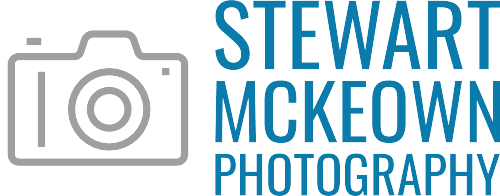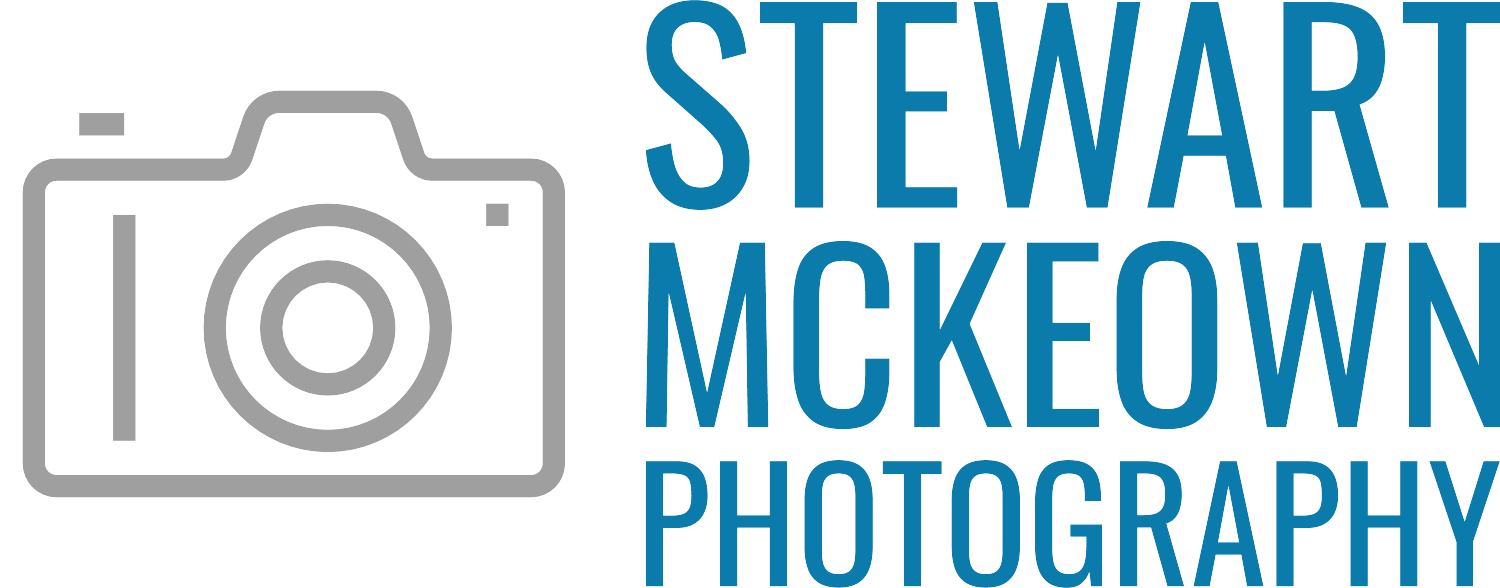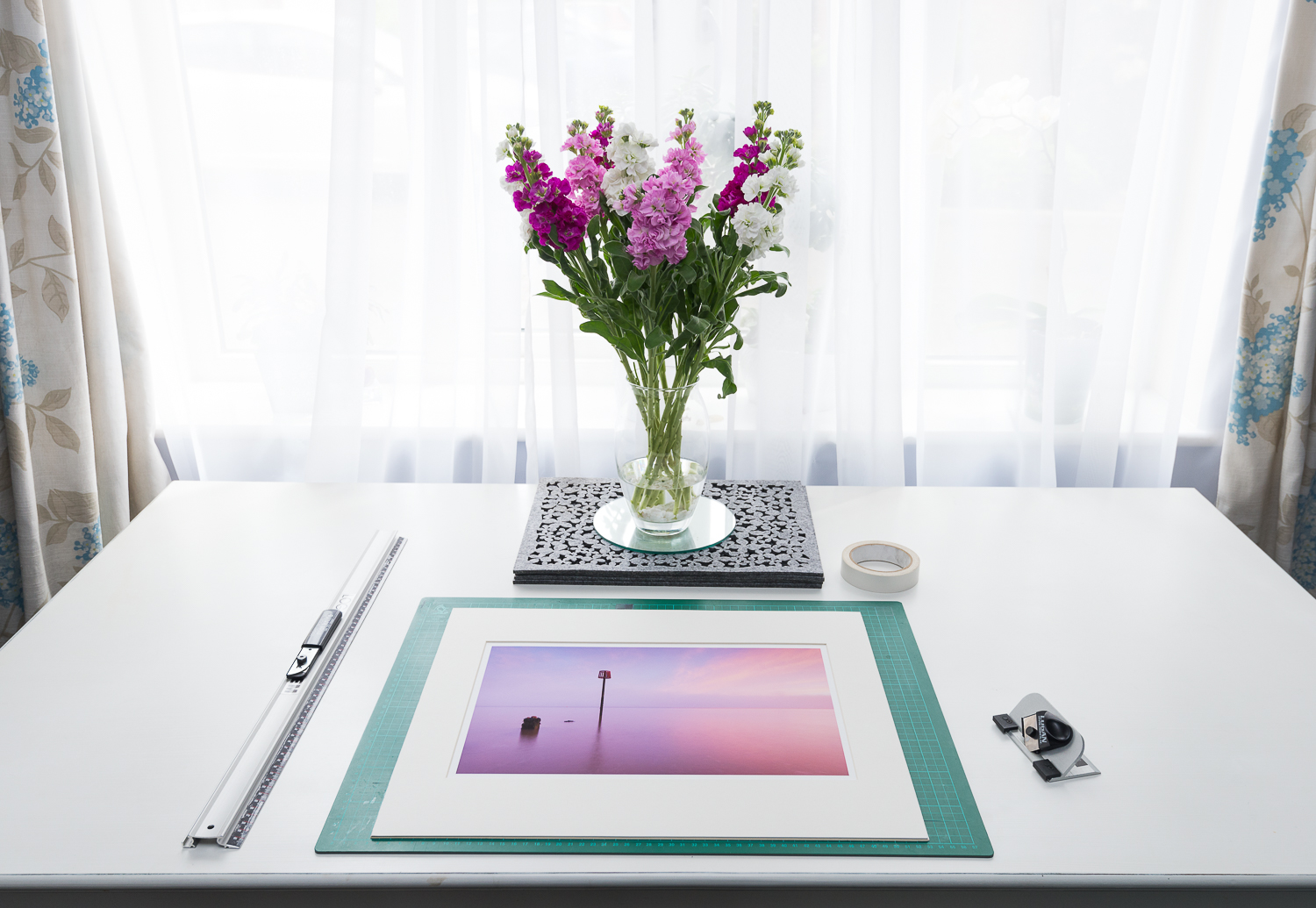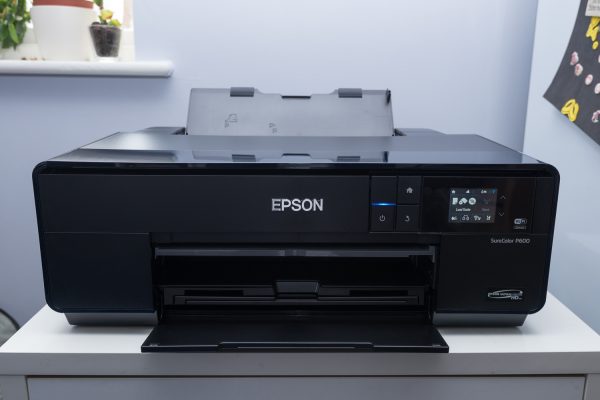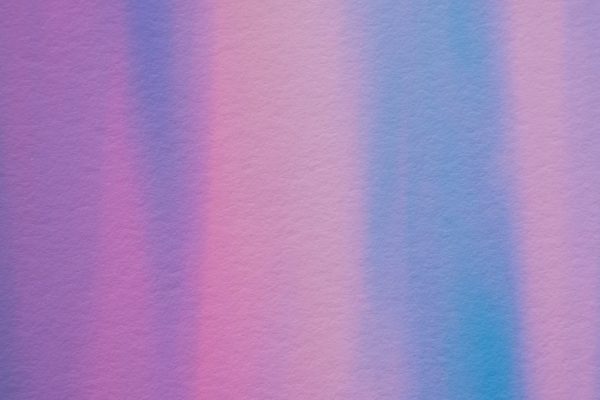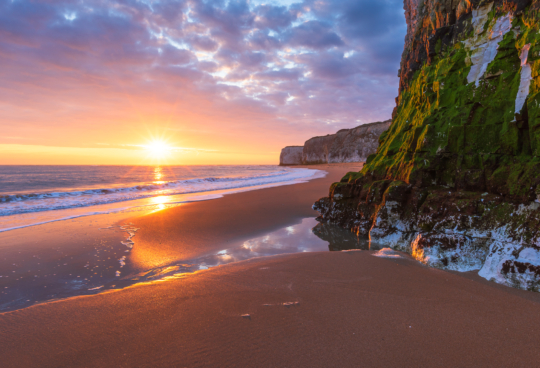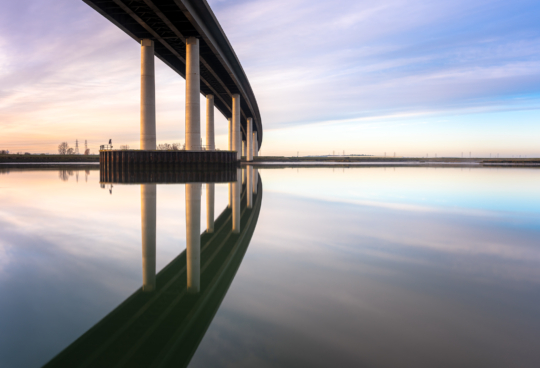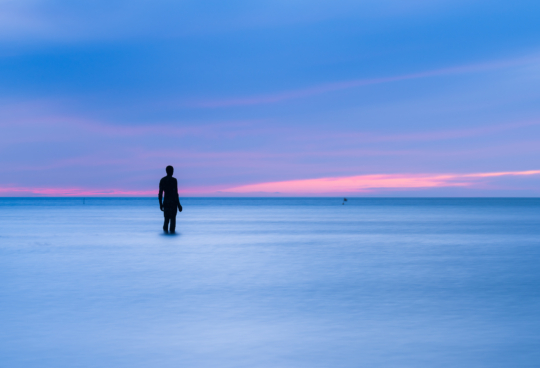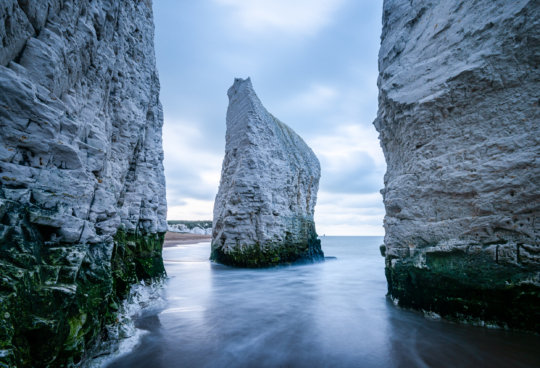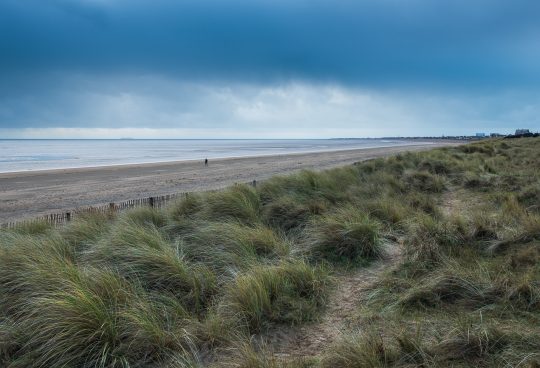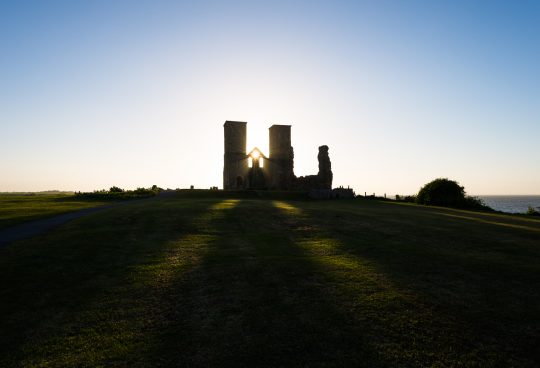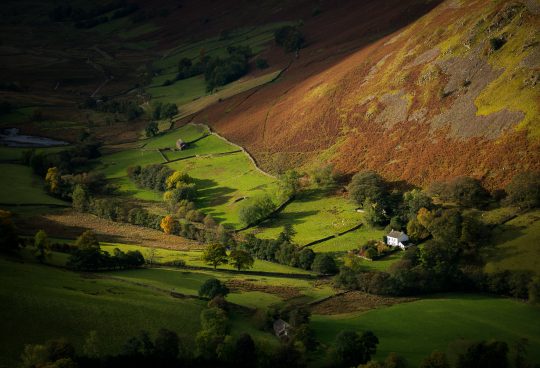I’ve recently bought a printer and started printing my images; but why? Printing is expensive. Inks, paper, the printer itself all cost a lot of money, something I have little of so it took a long time to convince myself to go through with it.
Here are my reasons…
Yep, so we’ve all heard that ‘there’s nothing like a real print in your hand’ sentiment, but it’s true. Viewing an image on screen cannot match having that print in front of you to scrutinise and marvel at and for those special images you’re really proud of, it’s great to have them on your wall or in a portfolio.
Ok, so why not just send it off to a professional printers?
Yes, well I’ve been doing that for a few years and it was working out alright. I had gone through a few different companies and I ended up finding a really good printer who produced nice work, quickly and for a reasonable price. All of this work was the traditional C-type prints on a Lustre paper which worked out fine for the odd portrait shoot I did but for my own landscape images it fell short. I looked into getting fine art giclee prints done through this same company but the prices rose tremendously. My notebook was full of calculations trying to work out which works out cheaper in the long run but it all depends. I realised that what counts at the end of the day is getting the best print and as I’m finding out, that sometimes takes a few attempts to get right. Going through an online printer can be a bit hit and miss and with the p&p costs, I probably wouldn’t bother trying to get it right and I’d end up not being satisfied. I like to be in control of the process and learning the skill of crafting the perfect print; it all adds to the sense of accomplishment.
Ok, let’s get printing..! Which printer then..?
This comes down to budget, space, main style of prints to produce. I ended getting the Epson Sc-P600 A3+ pigment ink printer. I found one for £500 at Cameraworld with a £50 discount. This was during the Photography Show at the NEC so I can only guess it was some sort of promotion because it was £100 cheaper than anyone else. It is one of the smaller A3+ printers compared to the Canon equivalents and has Wifi which is very handy in my small office space. I decided to pay more for a printer that uses pigment inks vs dye inks as I mainly want to use fine art matt papers which these inks are more suited towards. I intend to exhibit and sell my work more in the future which really does require a fully archival product that’ll last. If I had magically found another £500 I would have gone for the A2 P-800 version for the larger prints and bigger ink cartridges.
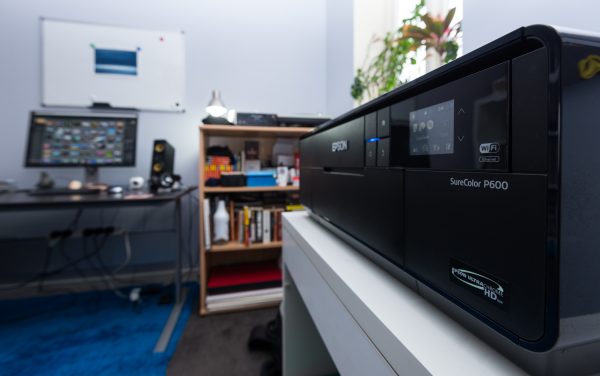
The SC-P600 ‘s small footprint is vital for my little office. The Wifi feature too is great to reduce clutter.
Ok great, which paper..?
In the landscape photography world it’s hard not to have noticed Fotospeed recently. The signature papers from Joe Cornish and Charlie Waite had certainly got me interested so I ordered some test packs to try them out. Of all the different papers, it was actually the Natural Soft Textured Bright White paper that really stood out. It is has a slightly textured base which I think is just enough to add depth to images especially my seascapes. It doesnt work for all images though, I recently had to print my blue hour shot of Canterbury Cathedral for an exhibition. It’s a very colourful image which was outside the papers gamut and required a punchier smoother paper. I ordered the Platinum Lustre from Fotospeed which worked perfectly.
I hope you’ve enjoyed reading my ramblings and that it has helped someway in your own printing journey..!
